Preserving and Maintaining Outdoor Furniture: Tips for Longevity and Beauty
Outdoor furniture adds beauty, comfort, and functionality to patios, gardens, and other outdoor spaces. However, constant exposure to the elements—sun, rain, wind, and humidity—can take a toll on its appearance and durability. By following a few simple steps, you can preserve and maintain your outdoor furniture, ensuring it stays in top condition for years to come. Here’s how:
1. Regular Cleaning
One of the most important aspects of maintaining outdoor furniture is regular cleaning. Dust, dirt, and debris can accumulate, leading to stains and deterioration over time. Different materials require different cleaning methods:
- Wood furniture: Use a soft brush or cloth with mild soapy water to remove dirt. Avoid harsh chemicals that may strip the wood’s natural oils. After washing, rinse with water and allow the furniture to dry completely before use.
- Metal furniture: For metal or wrought iron, clean with water and a gentle cleaner to prevent rust. A mixture of water and vinegar works well for removing stubborn grime. Rinse thoroughly and dry to prevent corrosion.
- Plastic or resin furniture: This is low maintenance, but should still be cleaned regularly with soap and water. For tougher stains, a mixture of baking soda and water can help.
- Fabric or cushions: Removable cushion covers can be washed in the machine. Non-removable cushions should be spot-cleaned with a fabric-safe cleaner or mild soap. Always ensure cushions are fully dry before storing them to avoid mold and mildew.
.jpg)
2. Protecting from Sun and Rain
Prolonged exposure to direct sunlight and moisture can cause outdoor furniture to fade, crack, or warp. To protect your furniture from the elements:
- Use covers: Invest in high-quality waterproof covers when the furniture is not in use. These will protect from rain, dust, and UV rays, significantly extending the lifespan of the furniture.
- Shade the furniture: If possible, place outdoor furniture under a canopy, umbrella, or other shade structures to minimize direct sunlight.
- Apply protective coatings: Wood and metal furniture can benefit from protective coatings like sealants, varnishes, or paints designed for outdoor use. These coatings prevent moisture penetration and UV damage. For metal, consider anti-rust coatings or sprays.
3. Storage During Off-Season
If you live in an area with harsh winters or wet seasons, it’s best to store your outdoor furniture when not in use:
- Move furniture indoors: If possible, store furniture in a shed, garage, or covered patio during extreme weather. This protects against frost, heavy rain, and snow.
- Elevate furniture: If indoor storage isn’t an option, elevate the furniture slightly off the ground using blocks or pallets to prevent contact with pooled water or snow.
- Disassemble when necessary: Some pieces of furniture, like tables or sectional sofas, can be disassembled for more compact storage. Make sure to keep all parts in a dry place.
4. Treating and Restoring
Even with proper maintenance, outdoor furniture may need periodic touch-ups to stay looking its best:
- Wood furniture: Over time, wood may dry out or become discolored. Apply wood oil or refinishing stains to keep it nourished and restore its natural color. Lightly sand any rough areas to remove splinters or surface damage.
- Metal furniture: If rust appears, lightly sand the affected areas and apply a rust-resistant primer followed by touch-up paint. Reapply protective coatings annually to maintain the furniture’s resistance to corrosion.
- Wicker or rattan: These materials can become brittle over time. Regularly clean with a damp cloth and apply a water-repellent spray to protect against moisture. If the rattan is synthetic, keep it out of extreme heat to avoid warping.
5. Addressing Wear and Tear
Outdoor furniture is subject to daily use, and over time, it may show signs of wear. Addressing these issues promptly will prevent further damage:
- Check for loose screws or joints: Tighten any loose screws or bolts in metal and wooden furniture to prevent structural damage.
- Replace damaged parts: Broken slats, torn cushions, or cracked glass tabletops can often be replaced without having to buy new furniture. Keep an eye on small issues and fix them before they worsen.
- Inspect for mold and mildew: If mold or mildew appears on cushions or wood surfaces, clean them immediately with a mixture of water and vinegar or a mildew remover designed for outdoor use.
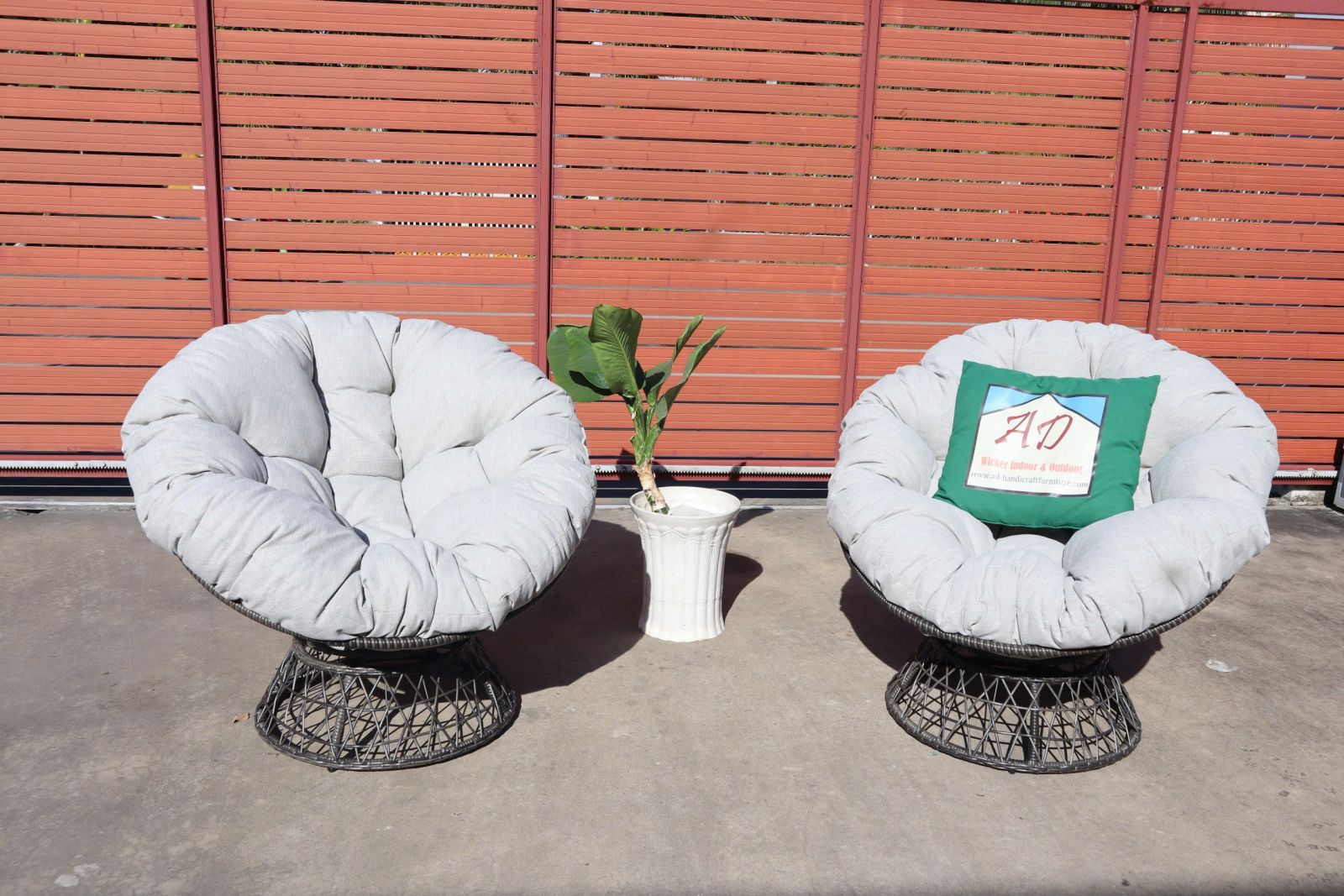
6. Choosing the Right Materials for Longevity
The type of material your outdoor furniture is made from can impact its durability and maintenance needs. Here are a few material-specific tips:
- Teak and hardwood: These woods are naturally resistant to weather but still benefit from regular oil treatments to preserve their natural color.
- Aluminum: Lightweight and rust-resistant, aluminum is low maintenance but should still be cleaned regularly and stored during harsh weather.
- Synthetic rattan or wicker: While synthetic materials are more durable than natural rattan, they can still suffer from UV damage or break down in extreme heat. Cleaning and covering will keep them looking fresh.
- Stainless steel: Rust-resistant and durable, but it’s a good idea to polish stainless steel furniture occasionally to remove oxidation and maintain its shine.
7. Inspecting Regularly
Perform regular inspections to catch any potential problems early. Look for signs of rust, mildew, cracks, or weakening joints. Addressing these issues promptly will prevent them from escalating into major repairs or replacements.
Conclusion
Outdoor furniture can be a long-lasting investment if it’s properly maintained. With routine cleaning, protection from the elements, timely repairs, and smart storage, your furniture will remain attractive and functional for years. Take the time to care for your pieces, and they’ll reward you with comfort and style for every outdoor gathering.





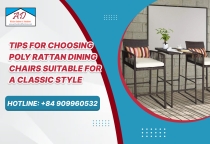


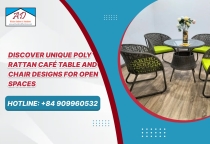
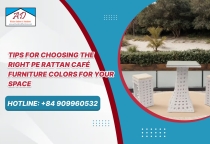

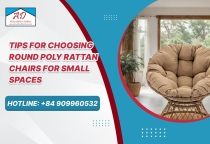
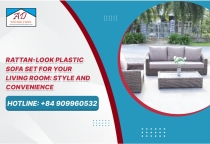
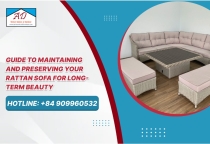
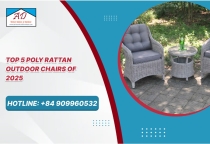
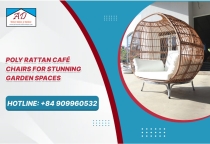

 Alibaba
Alibaba  Facebook
Facebook  Linkin
Linkin 

